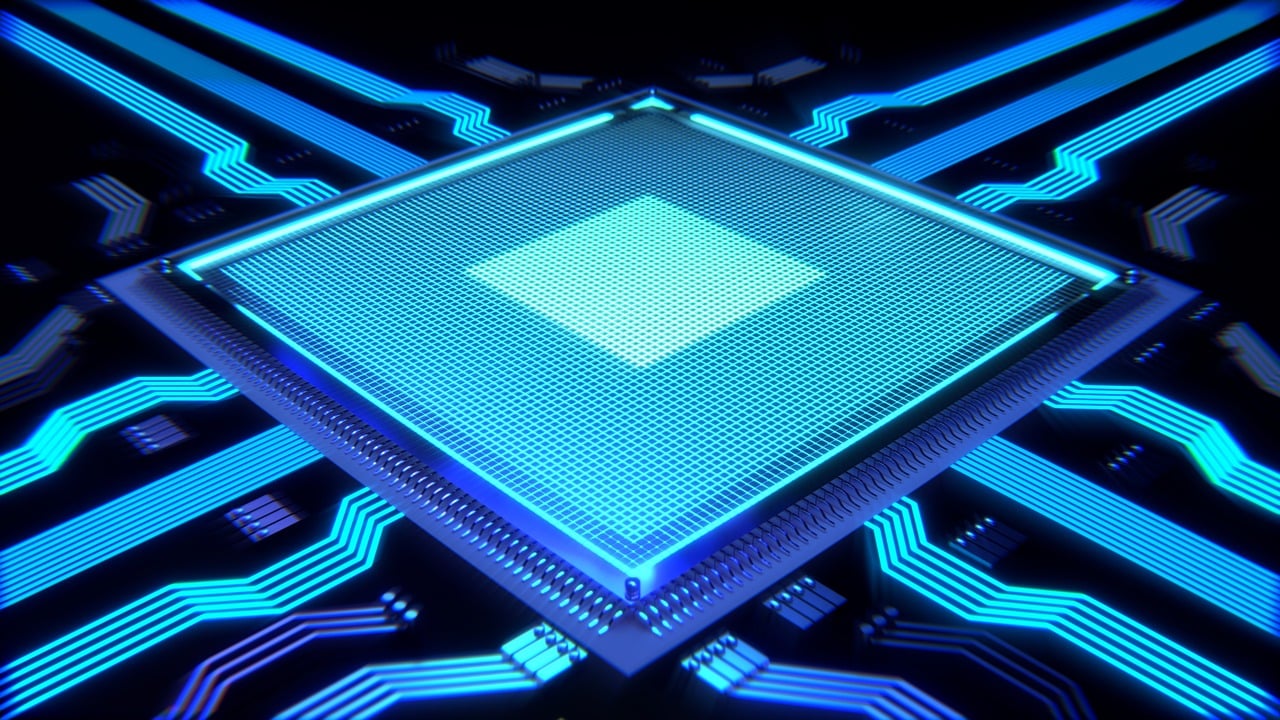This post is also available in:
 עברית (Hebrew)
עברית (Hebrew)
A team of global scientists has introduced an ultra-high speed signal processor that can analyze 400,000 real-time video images at the same time, potentially revolutionizing applications like autonomous driving and artificial intelligence. The processor can also perform 34 different activities at the same time, like finding the edges of objects, making edges clearer, and fixing blurriness in motion.
According to Interesting Engineering, nowadays researchers and tech experts struggle to meet the demands of real-time processing for large amounts of information, which are challenging in terms of processing speed and energy consumption, especially with the limitations of traditional electrical signal processing technologies.
This new processor is so powerful that the conventional electronic processors operating in Gigabyte/s are not enough to measure its speed- since it operates at a staggering 17 Terabits/s—over 10,000 times faster.
To make quick decisions in real-time, especially in applications like autonomous driving and artificial intelligence, there’s a need for super-fast analysis of video images. Therefore, this new technology has many possible applications, including self-driving cars, drones, cell growth tracking for virus and cancer analysis, optical neural networks, high-speed imaging, 3D holographic displays, and more.
Apart from the obviously impressive speed, this new system is very flexible and can perform lots of different tasks without changing its physical parts.
The researchers report that the key to achieving this remarkable speed is an integrated optical microcomb, a special technology that overcomes the limitations in bandwidth and energy found in electronic systems.
Professor David Moss from Swinburne University of Technology, who led the research, said in an interview with Techxplore: “This is a game-changer. These are portable, ultra-precise optical rulers that could be used for everything from handheld breath scanners to detecting small movements of objects in space or finding Earth-like exoplanets.”


























